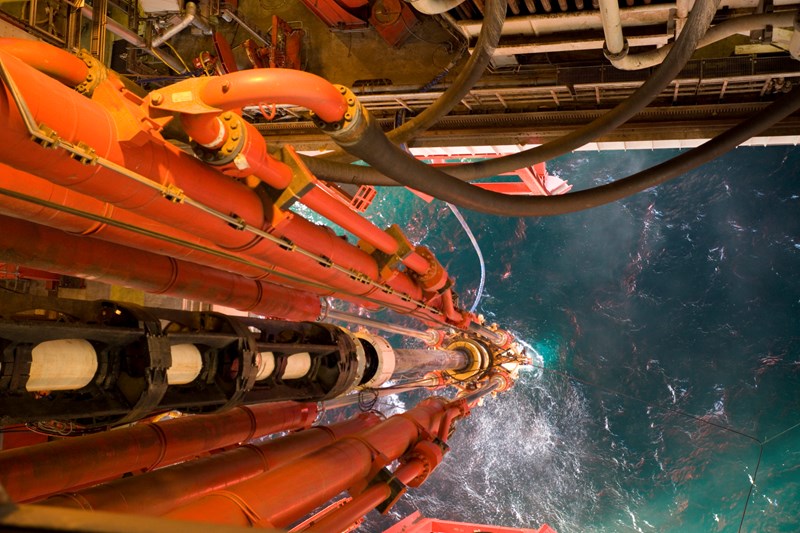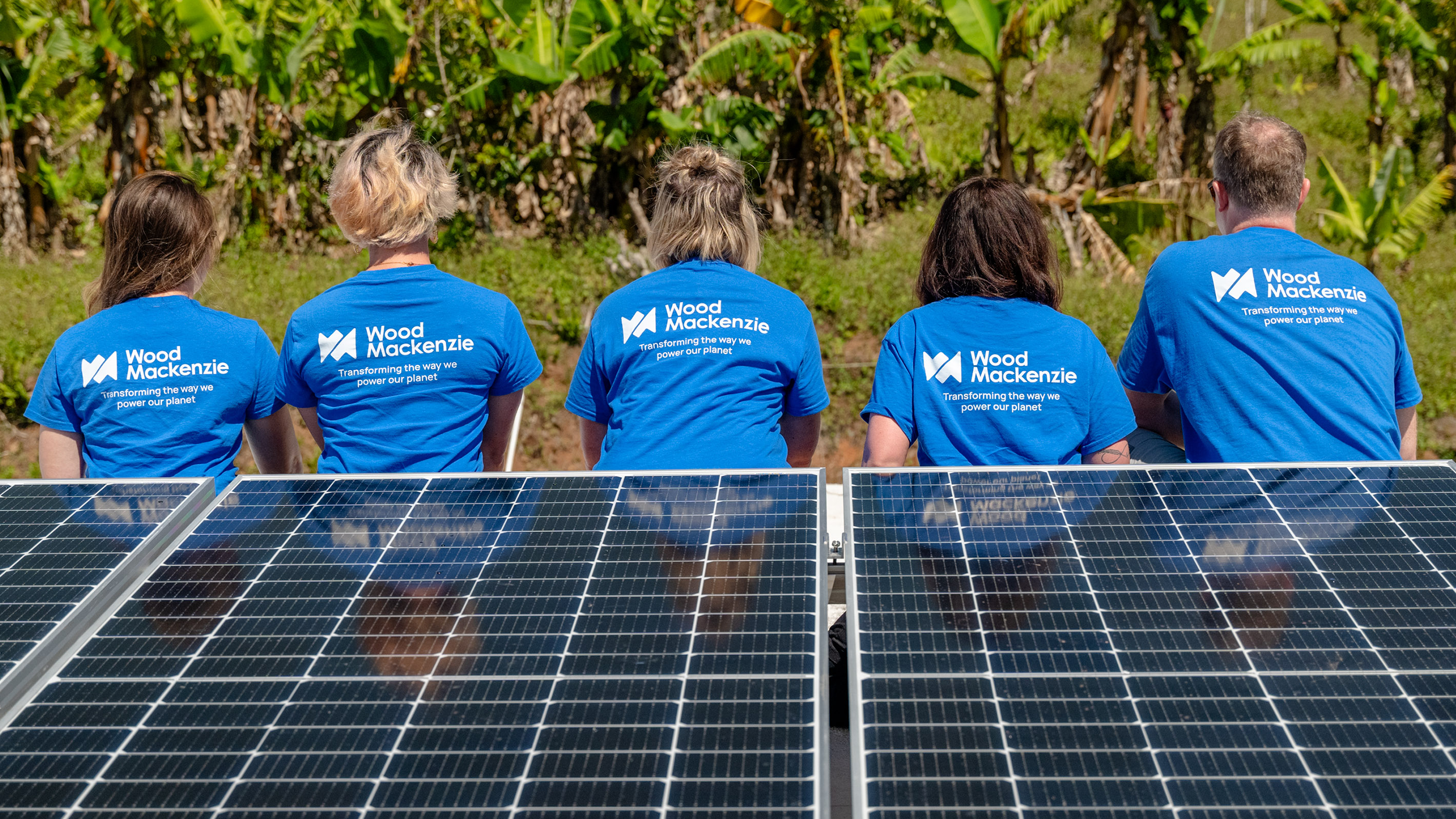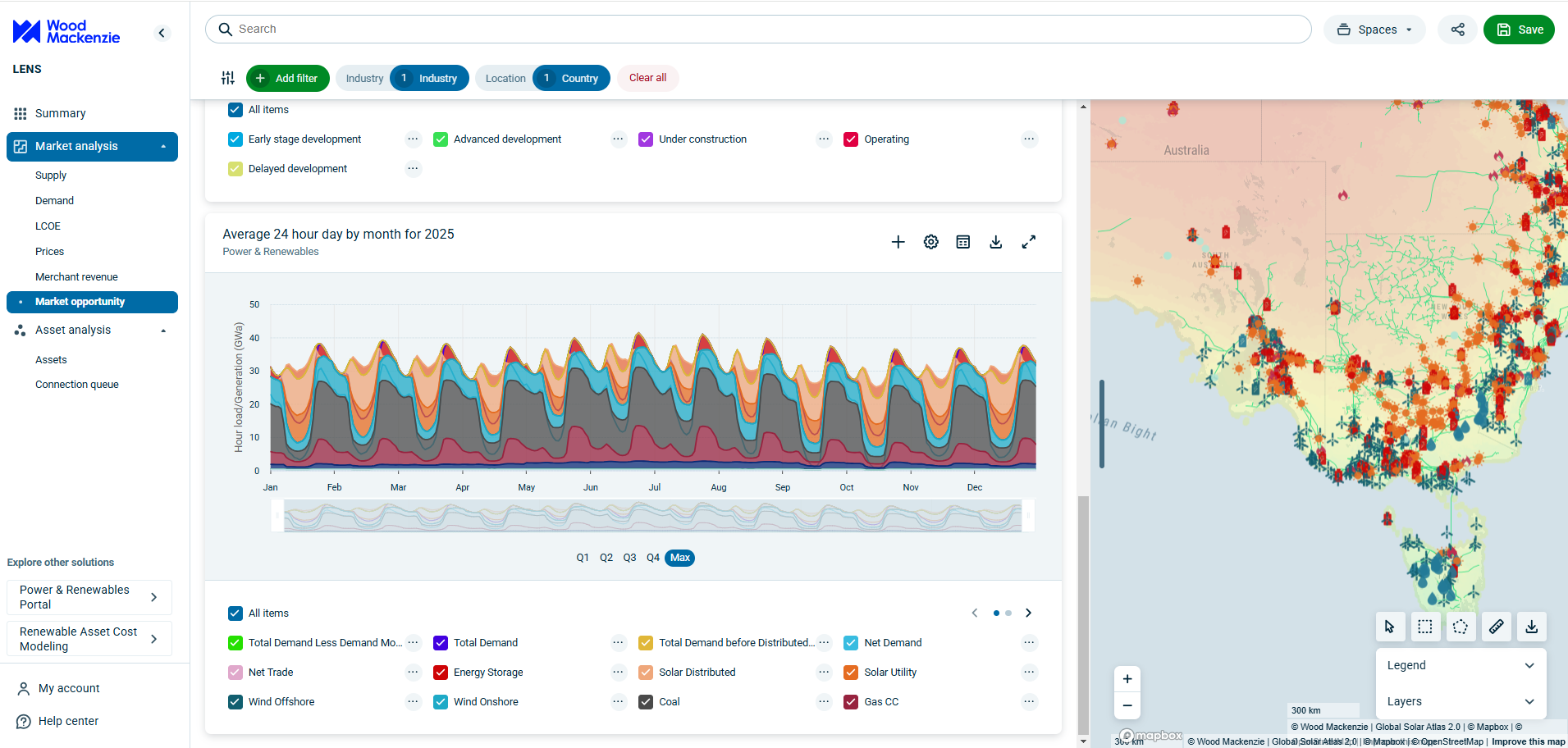How low will the oil and gas supply chain go – and when will it recover?
Claude Mourey, director of performance improvement, and Leslie Cook, principal upstream supply chain analyst, examine the impact of the oil and gas crisis on the upstream supply chain
1 minute read
Our research suggests that the oil and gas supply chain was suffering from overcapacity before Covid-19 hit. (We analysed 82 rig contractors' total active rig fleet as of 15th of August 2020.)
In January 2020, 18% of offshore rig capacity was being cold-stacked, according to Wood Mackenzie's upstream supply chain team. And then Covid-19 wiped out USD 110 billion of upstream investments in 2020 alone and USD 400 billion over the next five years.
Want to see the data behind this article? Fill in the form on this page to get your complimentary offshore rigs backlog report.
How bad could it get before activity levels improve?
The oil and gas supply chain, no stranger to downturns, has responded with the usual tactics: lay-offs, pay cuts, consolidations, Chapter 11, and so on.
Diamond Offshore Drilling is going through Chapter 11 and is now rumoured to be in merger talks with Pacific Drilling – a good illustration of the existential challenge to companies in the supply chain. At the end of July, Noble Corp. became the second deepwater rig contractor to file for Chapter 11 bankruptcy in 2020.
This time it is difficult to imagine that supply chain capacity will not permanently shrink. Our analysis of the backlog of eleven major publicly-traded rig contractors illustrates the issue.
Only two of the players we looked at have sufficient backlog to provide work to more than 60% of active rigs in six months’ time — and this is taking an optimistic interpretation of backlog by including options.
Of course, this does not mean the end of regional overheating and protected niche markets. But this analysis does provide an indication of how much the supply chain could shrink this time around. The physical capacity may still exist, but the number of rigs cold-stacked since 2015 illustrates the commercial and practical reality of capacity reduction.
For supply chain players, survival is the priority. For operators, there is a fine line to be struck between managing rates and making sure that their contractors have the financial resilience to survive. Some operators, including notably BP, are talking about the importance of managing the financial health and sustainability of key suppliers. The reality is that few procurement functions are equipped with tools and processes to co-create value with their suppliers while also reducing costs, particularly during a downturn.
While cost optimisation programmes have become standard within the industry, ensuring business ecosystem stability and sustainability may well become the bigger challenge.
For a deeper analysis of the offshore rig backlog, fill in the form on this page.
What's inside this complimentary report?
- A comparison of floating rig fleets in January and June 2020 and our forward view on utilisation rates
- Comprehensive analysis of the backlog for 82 offshore rigs contractors
- Backlog days analytics split by region and type of offshore rigs.
- And more
Drilling rigs: go deeper
Wood Mackenzie is dedicated to continuously extending its industry coverage in response to the needs of our customers. Get in touch with global oil and gas operations consultant Claude Mourey to share the specific topics of interest you'd like us to cover regarding drilling rigs.







